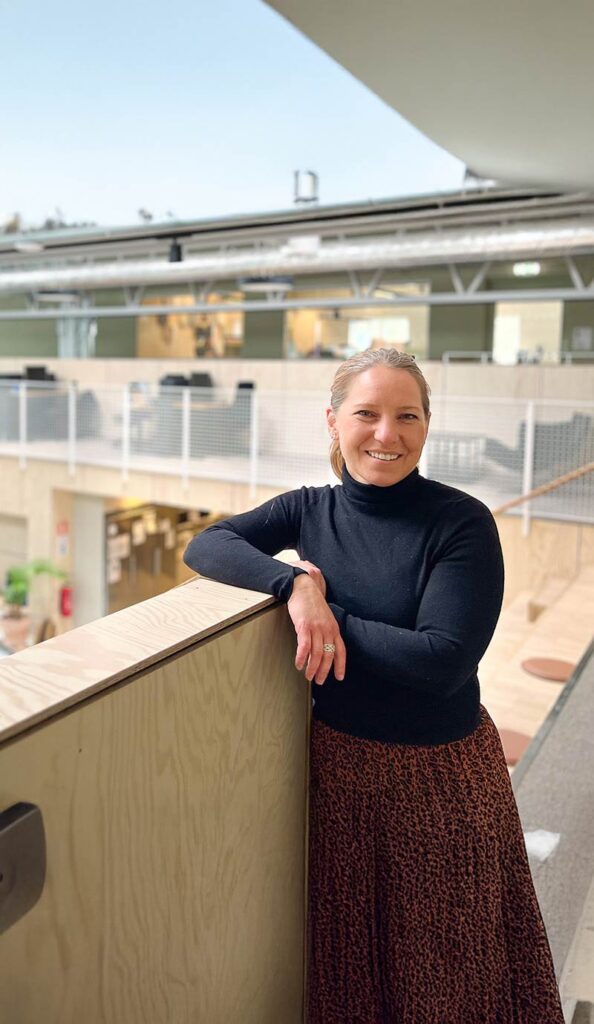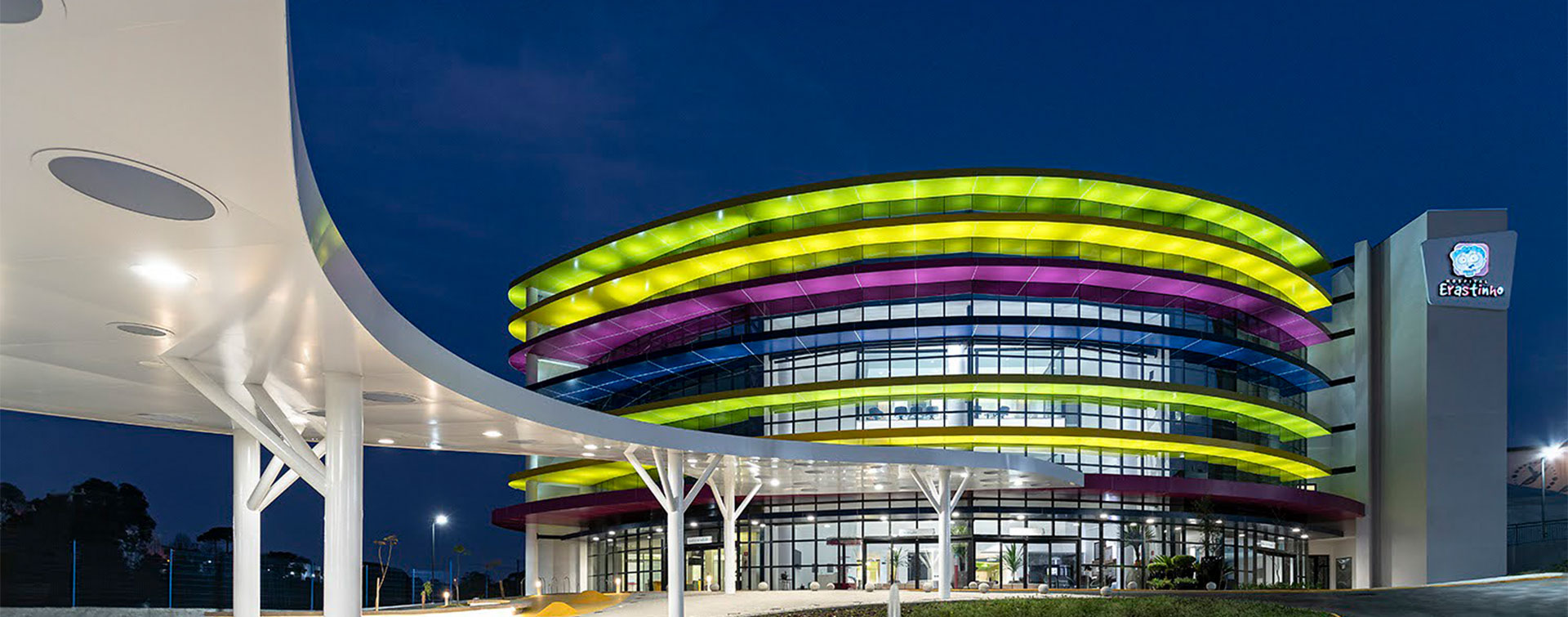 8 min
8 min
Why is the adoption of a culture of innovation essential, particularly in the construction sector?
In the construction sector, where time is critical and efficient use of resources is essential, innovation can drive both environmental and financial benefits. By fostering a culture of innovation, companies can develop more effective, sustainable solutions while reducing costs, ultimately ensuring long-term success in an increasingly competitive and environmentally conscious industry.
In my view, the innovations most likely to transform the construction sector are systems that promote the recovery and reuse of materials, through innovative business models and better recycling. To reduce our dependence on virgin materials, it is essential to better manage the raw materials we use.
SEE ALSO : The many faces of innovation in construction
This will involve a mix of existing technologies and systems but will also require new development. It could involve collaboration between several companies to develop new technologies and systems. To make construction more sustainable, adopting a culture of innovation is crucial, as it enables organizations to respond more effectively to the complex challenges of sustainability. Studies indicate that when teams are empowered to collaborate in new ways and make their own decisions, the success rate of disruptive innovation can reach 95%. In contrast, organizations focused primarily on existing business models often see much lower success rates, around 5%.
About The Loop Factory
As an innovation-driven company specializing in the development of sustainable and circular materials (fiber-based in particular), products and technological solutions, The Loop Factory has extensive testing and demonstration capabilities, including for scaling up innovative projects. The company thus helps its partners – whether individual entrepreneurs, research organizations or major international groups – to grow their capacity for innovation through the rapid development of ideas, concepts and prototypes, as well as their transition to the market.
How would you describe a successful corporate innovation culture? What does it look like in practice?
One of the most important elements is curiosity. A culture of innovation thrives on a collective desire to ask questions, seek new insights, and explore information beyond what is already known. Curiosity fuels the drive to understand complex problems and challenges, pushing teams to think beyond conventional solutions.
Equally important is adopting a “fail fast” mindset. In an innovation culture, failures are seen as learning opportunities rather than setbacks. They should be embraced as part of the process, providing valuable insights to guide future progress. The quicker you fail, the faster you can adapt and improve.
Key to this is accepting that innovation is not a linear process. Unlike traditional R&D, it requires agility and flexibility. Detours and missteps offer opportunities to learn and adjust. This adaptability is what enables teams to pivot and evolve their strategies based on new insights.
Having a clear vision is also a cornerstone of a successful innovation culture. While the path forward may not always be certain, it’s vital that everyone shares the same end goal. A unified vision fosters alignment, a sense of purpose, and keeps teams motivated, even in uncertain times.
Finally, innovation requires passion. Without genuine enthusiasm and a strong desire to succeed, innovation efforts can struggle. Passion helps individuals push through challenges, embrace change, and stay committed. It also makes them more willing to experiment and iterate – essential elements for turning the vision into reality.
To what extent can collaboration facilitate, or even determine, a culture of innovation?
Collaboration is indeed key when it comes to innovation. When it comes to sustainability, we need to recognize that the world is far more complex than it first appears, and that its challenges cannot be solved alone. To stimulate innovation, we need to think differently, which means drawing on a variety of perspectives and being able to approach problems from a different angle. That’s why, in our organization, we work closely with designers who – by introducing new ways of thinking – help engineers to broaden their approach. Success comes from working together, understanding each other’s strengths, and finding win-win solutions for all involved.
What are the main barriers to more innovation in the industry today?
Companies are often hesitant to invest in new innovations because they must compete with existing investments that are already generating profits. Additionally, new technologies typically come with longer payback periods which makes them less attractive, especially when proven solutions are readily available with known performance data.
Another barrier is the perception of risk. Without market validation or customer adoption, new technologies are seen as unproven, making it difficult to secure investment or scale these innovations. Companies are often reluctant to take on this risk without concrete evidence of success.
Finally, decision-makers in organizations are often focused on short-term profitability, which can block the adoption of sustainable innovations. If a new technology doesn’t deliver immediate returns, it could hurt the company’s financial position. This discourages companies from embracing new, potentially disruptive solutions.
The challenge is to foster collaboration and investment in innovation.
An example of successful collaboration
By collaborating with The Loop Factory, acoustic walls and ceilings specialist Ecophon has devised a new process enabling it to recycle all its fiberglass panels to produce new units with the same mechanical and acoustic properties.
Ecophon was able to explore a new approach based on recycled materials through synergy of skills with The Loop Factory team. Their collaboration started with an exploration phase and culminated in a successful prototype demonstrating the future potential for a marketable product. The goal is to bring to market high-value products from glass-wool wall and ceiling sound absorbers sourced from the construction and demolition industry, through the use of new, more efficient manufacturing technologies and new design strategies.
The diversity of profiles, from experienced to more junior, from designers to engineers, was decisive in ensuring the viability of the project, while maintaining a creative and innovative spirit in the teams and thus ensuring the project’s success.










